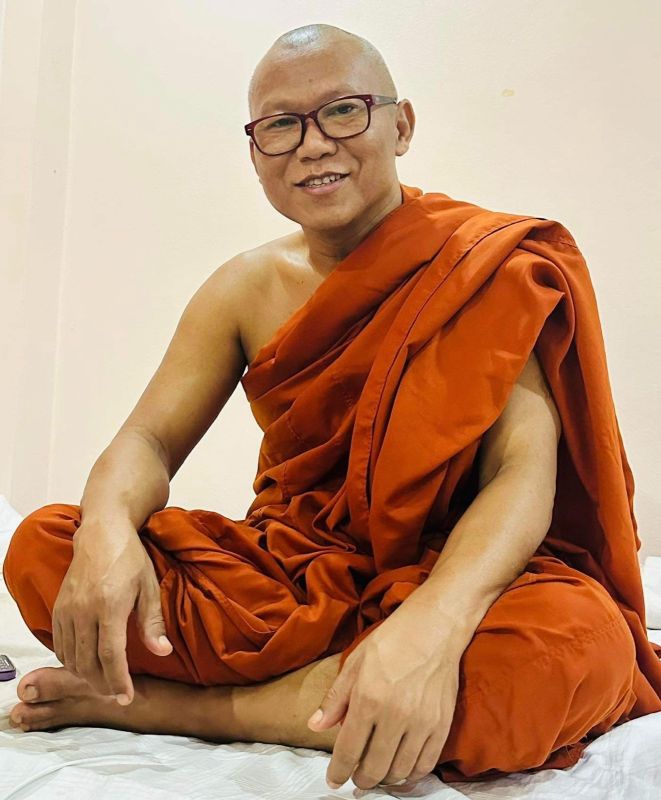File Photo of IDPs from Karenni state
Mizzima Editorial
A recent two-day conference held in Bangkok on the Myanmar crisis offered the participants an opportunity to speak openly, under Chatham House rules, about the challenges and delve into the solutions.
The event entitled: “3 Years after the coup: Towards a democratic Myanmar and its impact along the Thai border”, included a number of Myanmar and foreign experts and was held in the building of the Thai parliament, signifying recognition by the Thai authorities of the importance of the issue.
One crucial subject that was discussed was the delivering of humanitarian aid to those in need in Myanmar. Over the last three years, this has proved a tricky subject in part due to the United Nations and other international NGOs being pressured subtly or not so subtly to funnel aid through the junta and its arm, the Myanmar Red Cross. This issue was touched on by participants, recognizing the difficulties posed by such an approach, the key problem being that aid can be used by the junta as a weapon and that those in need in resistance-held areas may see little or no aid coming through.
Mizzima was able to raise this issue in interviews with some participants. Mr Tom Andrews, UN Special Rapporteur for Myanmar, in an exclusive interview outside of the restrictions of the conference rules, acknowledged the challenges of delivering aid to those in need. As he noted, a total of 18.6 million out of a total population of 55 million are classified as in need.
He said he was “deeply concerned about putting aid in the hands of the military junta” as “the likelihood of it being weaponized is great”. He touched on the need to deliver the aid through people best-placed to handle it – particularly in the conflict areas.
Dulyapak Preecharush, from Thammasat University, speaking to Mizzima in an interview, indicated that the Thai authorities’ recent moves to propose an “aid bridge” from Thailand to those in need in Myanmar were positive steps. He suggested the Thai government ought do a trial run first before opening up a full delivery service.
Activist Igor Blazevic, writing in a commentary for Mizzima, said “Thailand – with its long border with Myanmar, deep historic and current interconnectedness on so many different levels, and with so many Myanmar stakeholders, activists, refugees and immigrants being in Thailand and on the Thai-Myanmar border – is the critically important country for Myanmar. It can be only welcomed that Thailand is taking this initiative.” However, he warned the programme could get derailed if care was not taken – suggesting large portions of aid could end up in the wrong hands.
What is clear is donors need to engage with independent NGOs and the National Unity Government (NUG), and its related resistance arms, to funnel aid through the border areas to people in need. Small amounts of aid are getting through. But it is clear that many communities, particularly internally displaced people (IDP), are in desperate need.
If Mr Andrews has the figures right, about a third of the population of Myanmar needs help. The question is whether all the talk will translate into a viable model for aid delivery and will this give the donors the confidence to fund the programme.





